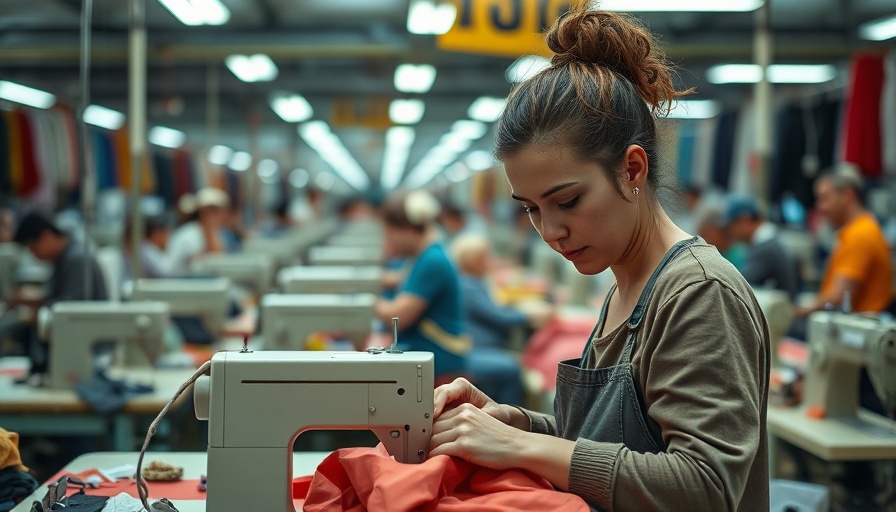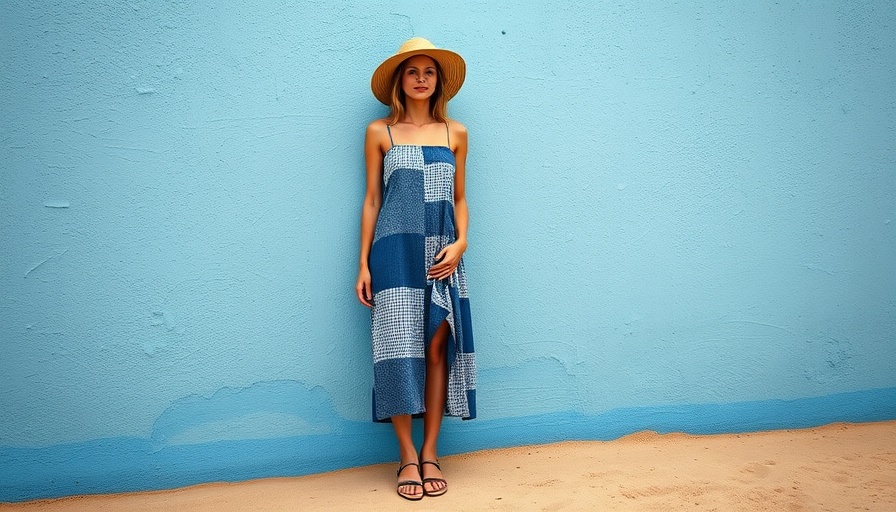
Navigating the Supply Chain Reporting Maze
The world of fashion is evolving quickly, and with that evolution comes a myriad of regulations and standards intended to promote sustainability and transparency. However, as brands scramble to comply with the growing number of requirements, many find themselves lost in a complex web of reporting rules. The words of Pauline God, a policy and partnership manager at TrusTrace, resonate loudly: "It’s raining requirements." As brands adapt their systems, they inadvertently put immense pressure on suppliers who must juggle multiple reporting frameworks.
Shared Goals, Divided Efforts
The ambition to cut greenhouse gas emissions by 45% by 2030, as outlined in the Paris Agreement, underscores the necessity for a cohesive approach within the industry. However, voices like Colin Browne, CEO of Cascale, emphasize that true progress necessitates unity. Despite the client-demand for collaboration, there seems to be a serious disconnect between brands and their suppliers. As noted by Mostafiz Uddin, a Bangladeshi denim manufacturer, brands follow divergent ethical standards, leading to a chaotic reporting landscape where "everybody wants different data."
The Path to Simplification
At a recent OECD Forum, industry stakeholders gathered to identify a collective solution to these challenges. The focus was on developing a core set of sustainable and circularity metrics to streamline data sharing across the supply chain. The challenge remains: excessive requirements burden reporting, as brands often employ various IT systems that require overlapping information. This redundancy creates not only frustration but also hampers efficiency.
Breaking Through Barriers: The Need for Interoperability
One of the key aspects of fostering a sustainable and efficient supply chain lies in creating interoperability among the myriad of platforms used. Without a standard, data sharing becomes an arduous task, and the competitive nature of the fashion industry complicates collaboration. Traditional barriers to information-sharing need to be dismantled if brands and suppliers are to move forward. As highlighted by experts at the forum, an analogy can be made to the concept of Open Banking, which allows users to view their financial data in one place. Similarly, a harmonized system could enable suppliers to report their certifications once, visible to all their clients.
Collective Action: The Future of Fashion
The discussion around oversaturation in the sustainability sector also emerged. With numerous initiatives fighting the same battles, it begs the question: Are there too many cooks in the kitchen? The G7 Agenda on Circular Textiles and Fashion could provide a framework that drives collaboration rather than competition among brands, moving toward a common goal. This collaborative spirit is vital to mitigate the risks posed by new European Union regulations which may further complicate the landscape.
Looking Ahead: Hope in Harmonization
The adaptation of regulations, like the EU’s Omnibus Simplification Package, presents both challenges and opportunities for the fashion industry. As sustainability requirements evolve with a global perspective, industry players will need to adopt a mindset of cooperation. The goal? A simplified reporting ecosystem that enables efficient compliance without overwhelming brands or suppliers. The proactive steps taken today by stakeholders could shape a future where sustainability is not just a goal but a well-integrated part of every fashion business.
Conclusion: A Call for Community Effort
The journey towards a sustainable fashion industry is undoubtedly complex, but the collaboration between brands, suppliers, and regulatory bodies can create a more streamlined process. By working together and establishing standardized metrics, the burden of multiple reporting requirements can be lessened, driving effective action towards transparency and sustainability. Now is the time for every actor in the fashion ecosystem to unite and contribute to a collective mission for future generations.
 Add Row
Add Row  Add
Add 




Write A Comment